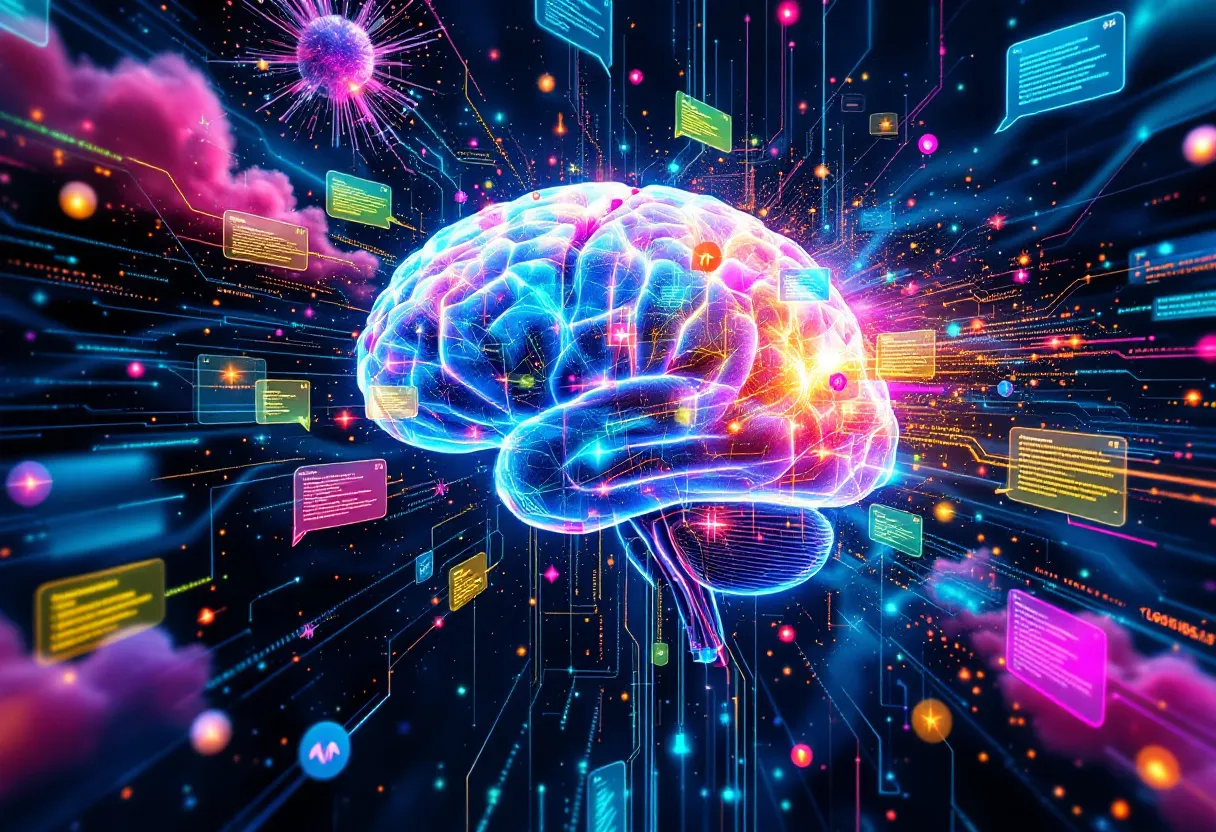
Artificial Intelligence is everywhere these days. It's in your phone, recommending what to watch on Netflix, helping you write emails, and even generating stunning digital art. But not all AI models work the same way. Some are designed for chatting, some for creating, and others for solving complex problems. If you've ever wondered how they differ, let's take a fun and easy-to-understand dive into the world of AI models.
Chatbots & Conversational AI
You've probably interacted with a chatbot at some point. Whether it's ChatGPT, Google Bard, Microsoft Copilot, or Grok (developed by xAI), these AIs specialize in talking like humans. They use Natural Language Processing (NLP) to understand text, predict responses, and generate human-like conversations. They're great for answering questions, brainstorming ideas, or even just having a casual chat. But they're not perfect, they can sometimes be overly confident about incorrect answers or give outdated information. Think of them like that one friend who always has an answer, but you're not always sure if they're right.
Image Generators & AI Art
Ever seen those mind-blowing AI-generated images on social media? That's the magic of AI art models like DALL·E, Midjourney, and Stable Diffusion. These AIs take a simple text prompt—like "a futuristic city at sunset"—and turn it into a stunning visual. They're trained on massive datasets of artwork, learning to mix colors, styles, and compositions. The results can be amazing, but they're not always perfect. AI still struggles with details like hands, faces, and complex symmetry. It's like having an incredibly creative artist who occasionally forgets how many fingers humans have.
Recommendation Systems
Ever noticed how Netflix seems to know exactly what you want to watch? Or how Spotify creates the perfect playlist? That's thanks to AI-driven recommendation systems. These models analyze your viewing, listening, or shopping habits and find patterns to predict what you'll like next. They're incredibly useful, saving you time by narrowing down endless choices. But there's a downside: They can trap you in a "filter bubble," where you only see content similar to what you already consume. It's like a friend who always recommends the same kind of movies, even when you want to try something new.
Voice Assistants & Speech AI
Siri, Alexa, and Google Assistant have become part of our daily lives, making it easier to set reminders, control smart devices, or get quick answers. These AI models convert speech into text, process your request, and then respond in a natural-sounding voice. They're handy for hands-free control, but they have their quirks. Sometimes they mishear what you said, struggle with accents, or just refuse to understand simple commands. It's like having an assistant who's mostly helpful but occasionally insists on playing the wrong song.
AI for Creative & Productivity Tools
If you've ever used Grammarly to check your writing or Runway ML to edit videos, you've already experienced AI boosting productivity. These tools use machine learning to enhance creativity, automate repetitive tasks, and improve the quality of your work. Whether it's fixing grammar, enhancing images, or generating text, these AI models act like digital assistants that save you time. However, they're not foolproof: You still need to review their suggestions to make sure they don't mess up your masterpiece.
AI for Coding Assistants
Coding has never been easier, thanks to AI-powered tools like GitHub Copilot, Code Whisperer, Tabnine, and DeepSeek. These models help developers by suggesting code snippets, completing functions, and even debugging errors. They can speed up the development process and make coding more accessible to beginners. But they're not magic wands: Sometimes they generate inefficient or incorrect code, so human oversight is still essential. Think of them as a coding buddy who's super fast but occasionally writes messy code.
AI for Simulations & Scientific Modeling
When it comes to heavy-duty scientific work, AI is stepping up in a big way. Models like NVIDIA Modulus, DeepMind's AlphaFold, and AI-powered solvers from Ansys are revolutionizing simulations in fields like physics, chemistry, and engineering. These AIs help scientists predict molecular structures, model airflow in complex environments, and speed up complex calculations. They make research faster and more efficient, but they also require vast amounts of data and computing power. It's like having an ultra-smart researcher who needs a lot of coffee (or rather, processing power) to function properly.
Conclusion
AI is everywhere, shaping the way we interact with technology, work, and even entertain ourselves. Whether it's a chatbot answering your questions, an AI recommending your next favorite show, or a simulation model solving scientific mysteries, each type of AI has its strengths and weaknesses. While they make life easier, they're not perfect, and a little human oversight is always needed. As AI continues to evolve, it will only become more integrated into our daily lives, hopefully making things more efficient, creative, and fun along the way.